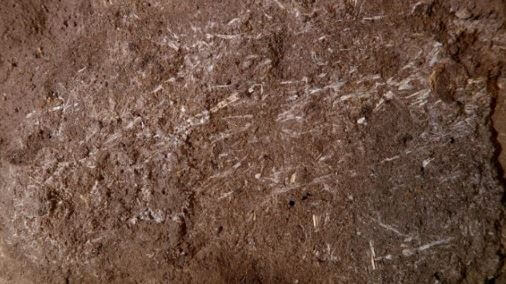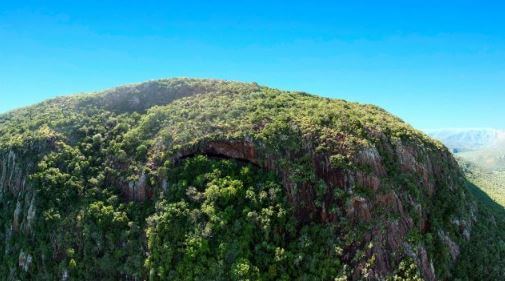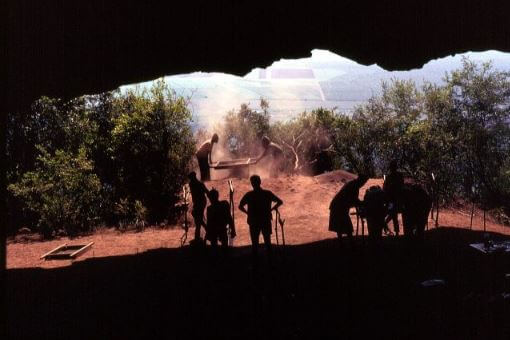
Archaeologists believe they found the oldest human bed in the world
 06. 10. 2020
06. 10. 2020

The discovery of ancient bedding from about 200 years ago convinced experts that they had found the oldest bed in the world. The Border Cave is a rather inhospitable place far away in the Lebombo Mountains of South Africa. Today's campers would probably not be attracted, even if they just wanted to spend a few nights as far away from the modern way of life as possible.
It is located directly on a steep cliff, carved into a densely wooded hill, as if Mother Nature had taken a knife and cut the mountain to her side. Archaeologists have to go a long way up and then crawl inside to find out what is hidden in such a demanding and inhospitable environment.
Caves and evidence
But once they reach the cave, they are rewarded with a wealth of evidence about the people who once lived in the area many thousands of years ago. And what one team of archaeologists has probably found recently is evidence of perhaps the first improvised human camp in Africa. They estimate the age of the find at about 200 years.
University of Witwatersrand archaeologist Lyn Wadley has found something she believes is a primitive type of bedding. She made the discovery with her colleagues during excavations carried out in the cave for other artifacts. She found tiny white traces in the soil, which she believed were a kind of straw. This straw was probably brought here by people who used the cave for shelter and stored plant materials as bedding for sleeping.

Archaeologist Lyn Wadley saw small white footprints in the sediments of the Border Cave, which turned out to be compressed, preserved plant material and perhaps also the oldest mattress in the world. L. WADLEY
Sample research
Wadley brought several samples to light, where they were examined under a microscope. She then assumed that the straw mixed with the ashes had been brought into the cave for greater comfort. He acknowledges that he used a piece of imagination for his theory that plant materials were brought here intentionally in order to create primitive but more comfortable beds.
"Litter doesn't really give us any comprehensive knowledge about these people," Wadley admits, but she believes it's evidence of a pralid's deliberate attempt to make their sleeping area more hospitable. Two teeth were also found here, one slightly larger than the other. Their age is estimated at about 200 and 000 years, respectively.
If this seems to you to be somewhat weak evidence for the theory that the Border Cave is the site of man's first "camp", others, including some experts, are of the same opinion. Dani Nadel, an archaeologist at the University of Haifa who was not a member of the research expedition, thinks that the discovery of two teeth and grasses is not really enough evidence that man slept in a cave on some bedding material. His skepticism lies in the problem of accurate dating of teeth; no one can know exactly what time they came from. Another colleague, Dan Cabanes of Rutgers University in New Brunswick, Canada, agrees. It's "very difficult to prove," he said.
The first camp in Africa
However, Wadley published his findings in an August 14 article in the online scientific journal Nature. The report does not insist that the data on the age of its findings are completely correct; instead, she suggests that what she and her team found should be considered evidence of a possible first camp in Africa.
And while all of her fellow archaeologists and scientists in other fields do not necessarily agree with her theory, the report will undoubtedly serve to stimulate discussion and further research. And this is one of the most important functions of archeology - to teach us about our ancestors, to make us think about who and where we were in earlier times, and to inspire us to learn more.





 1
1

